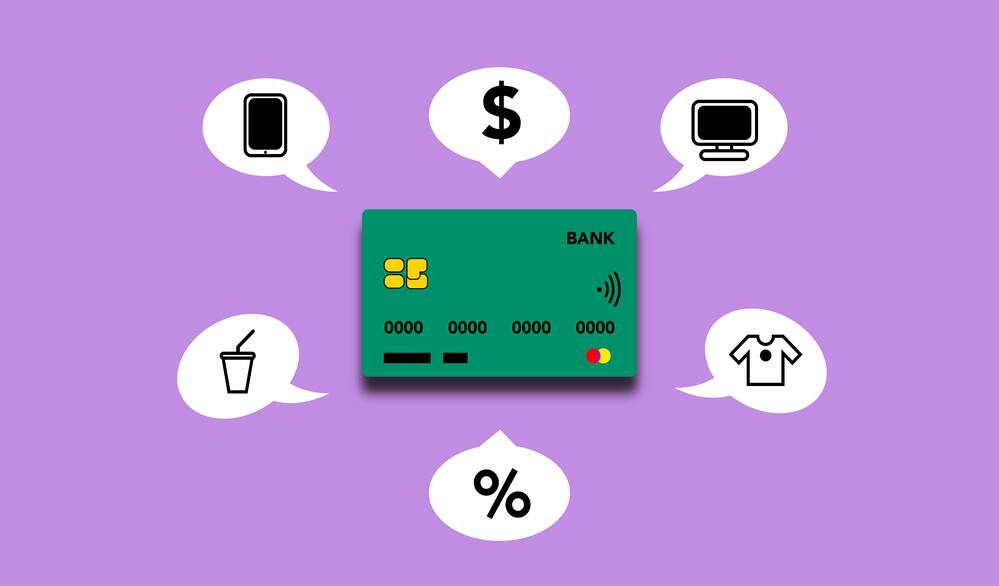The business purchase agreement (BPA) keeps everything secure when buying or selling a business. It’s the document that lays the foundation for a successful transfer of ownership, detailing every critical aspect of the transaction. Without it, you’re essentially sailing without a map.
Each element plays a pivotal role, from securing the correct purchase price to outlining the responsibilities of buyer and seller, from understanding the warranties to setting the right closing date. With our tips on creating the perfect business purchase agreement, you’ll discover the importance of precise terms and conditions, the nuances of representation and warranties, and how a well-constructed bill of sale can seal the deal.
Get ready to gain valuable insights that will help you prepare a business purchase agreement that not just meets but exceeds expectations, facilitating a smooth transition and laying the groundwork for future success.
Exploring The Basics Of A Business Purchase Agreement

A business purchase agreement is a legally binding document that outlines the terms and conditions of the sale and purchase of a business entity. This agreement serves as a roadmap for the transaction, clearly stating what is expected from the buyer and seller from the signing through the closing date. Central to the document are the components of a business purchase agreement, including but not limited to the purchase price, assets and liabilities involved, and any representation and warranties made by both parties.
The legal implications of a business purchase agreement cannot be overstated. It provides a layer of protection for both parties, detailing the bill of sale, purchase, and sale terms and ensuring that the sale of a business proceeds smoothly. From tangible to intangible assets, the agreement comprehensively covers the elements involved in the transaction, offering clarity and security to the process.
How To Use A Business Purchase Agreement
A business purchase agreement serves not just as a legal formality; it’s the backbone of the transaction, ensuring clarity, legality, and fairness for all parties involved. Here’s how you can formulate a business purchase agreement:
- Consider employing a free business purchase agreement template to familiarize yourself with the structure and critical components.
- Identify and clearly list the assets of the business being transferred, ensuring everything is free and clear of liabilities unless explicitly stated.
- Carefully outline the purchase price at closing, including how it’s calculated and the terms of payment.
- Both the buyer and seller sign the document, reaffirming their consent and agreement to the terms, making it a legally binding contract.
Here are clauses you can’t-miss in a business purchase agreement:
- Asset Purchase Agreement clauses specify exactly what business assets are included, be they tangible or intangible assets of the business.
- Confidentiality agreements are used to protect sensitive business information before and after the sale.
- Non-compete and non-solicitation clauses are crucial for protecting the value of a business post-sale.
- Conditions for the operation of the business leading up to the sale, possibly involving existing business contracts and employee agreements.
Insider Tips for Crafting the Perfect Business Purchase Agreement

Creating the perfect Business Purchase Agreement (BPA) ensures a smooth transition and a clear understanding between buyer and seller. Follow these tips to guide you through crafting a thorough, fair BPA designed to prevent future disputes.
1. Conduct Thorough Due Diligence
Due diligence is the process of investigating and evaluating a business’s operations, financial performance, legal compliance, and potential risks. This process is essential for both parties. Sellers should undertake due diligence to understand the value of what they are selling and rectify any issues that may lower the business’s value or deter buyers. On the other hand, buyers need to assess risks and validate the business’s worth to ensure a sound investment.
2. Clearly Define Assets And Liabilities
One common area of contention in BPAs is the ambiguity in transferring assets and liabilities. To avoid disputes, list all tangible and intangible assets, including intellectual property, customer lists, and inventory, explicitly in the agreement. Similarly, clearly state which liabilities the buyer assumes and which remain with the seller.
3. Agree On A Realistic Purchase Price And Payment Terms
Determining a fair purchase price involves more than just agreeing on a number. Consideration should be given to the valuation methods, potential earn-outs, and adjustments post-transaction (such as working capital adjustments). The payment terms should also be carefully negotiated, including down payment, financing options, and contingencies for adjustments.
4. Include Comprehensive Representations And Warranties
Representations and warranties serve as assurances provided by both parties about various aspects of the business and the transaction. These should cover financial statements, legal compliance, intellectual property rights, and employment issues. Including comprehensive representations and warranties helps mitigate risks by disclosing known issues upfront.
5. Settle Dispute Resolution Mechanisms
Despite best efforts, disputes may arise post-transaction. Including a clause that outlines the mechanism for resolving such disputes can save both parties time and legal expenses. Consider specifying arbitration or mediation as first steps before resorting to litigation.
6. Draft with Precision but Anticipate Flexibility
Language in the BPA should be precise to avoid ambiguity, but parties should be prepared for some degree of flexibility. Conditions change, and unforeseen issues may arise. Building mechanisms for adjustment or renegotiation can prevent a deal from falling apart at a later stage.
How To Use A Business Purchase Agreement Template To Your Advantage

Navigating the intricacies of buying or selling a business can be daunting, but utilizing a business purchase agreement template can simplify the process significantly. Here’s how you can leverage a template to your advantage:
- It provides a solid legal framework that ensures a smooth transfer of the business’s assets, free and clear, from seller to buyer, protecting both parties involved.
- Using a structure that has been refined over many transactions saves time and reduces the risk of omitting crucial details.
- Often includes comprehensive packages with clauses detailing the sale of the business, ownership transfer, and confidentiality agreements.
- Outlines crucial elements such as the purchase price at closing, responsibilities execution, and the division of business assets, making it a valuable resource.
How To Customize A Business Purchase Agreement Template To Suit Your Needs:

- Understand the type of sale, address specific considerations, and differentiate whether it’s an asset purchase agreement, a stock purchase agreement, or a business sale agreement.
- Adjust clauses related to the purchase price, termination conditions, and execution tasks to tailor the template to the type of business and the transaction’s specific needs.
- Consult with a business broker or legal professional to ensure the agreement is a legally binding contract that secures your interests and reflects the unique aspects of the business transaction.
- Include stipulations covering the entire agreement, from the transfer of title to the business to the parties’ agreement on contingent matters like business liabilities and operations post-sale.
Considerations For Effective Customization:
- Ensure every section reflects the unique characteristics of the entire business entity you’re dealing with.
- Legal advice is key to validating that your modified template is satisfactory in form and substance and adequately protects your interests.
- Personalization is crucial; while templates provide a foundation, tailoring the document to the specific sale or purchase ensures a smooth business transaction.
Those entering this arena should be committed to continuous learning. Business law is dynamic, and your agreement may need to adapt to stay legally binding and relevant. Whether it’s adapting the closing date or updating the liability clauses due to changes in legislation, your vigilance will directly influence the transaction’s success.
We encourage you to absorb every word of this guide as if it were a legal document itself – with due attention to detail and an eye for nuance. As you draft each purchase agreement, remember you’re not just transferring a business entity; you’re crafting a shared vision of a business sale that should align with both the buyer and seller’s aspirations.
Engage actively with the ongoing evolution of business law to ensure that each purchase and sale you preside over is founded on a robust and nuanced business purchase agreement.
